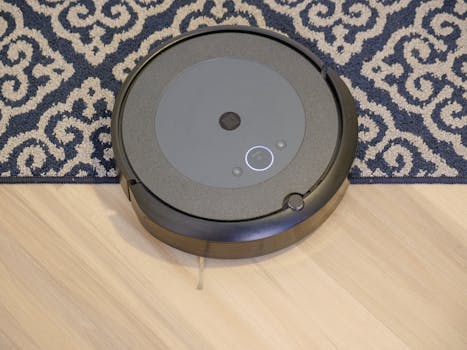
Smart Homes and Smart Living: The Technological Transformation of European Homes by 2025
Smart Homes and Smart Living is the future of European homes, and it’s here to stay. By 2025, homes will be equipped with cutting-edge technology, making life easier, more convenient, and sustainable. The technological transformation of European homes is underway, and it’s changing the way we live, work, and interact with our surroundings.
Introduction to Smart Homes
A smart home is a residence that has been equipped with advanced technology to make life easier, more convenient, and sustainable. Smart homes are designed to provide a comfortable, secure, and energy-efficient living space, with features such as home automation, voice control, and integrated systems. The concept of smart homes has been around for decades, but recent advancements in technology have made it more accessible and affordable for the masses.
The Benefits of Smart Homes
Smart homes offer numerous benefits, including:
- Energy efficiency: Smart homes can optimize energy consumption, reducing waste and saving homeowners money on their utility bills.
- Convenience: Smart homes can be controlled remotely, allowing homeowners to adjust lighting, temperature, and security settings from anywhere in the world.
- Security: Smart homes can be equipped with advanced security systems, including motion detectors, cameras, and door locks, to provide an added layer of protection.
- Sustainability: Smart homes can be designed to reduce waste, conserve water, and promote eco-friendly living.
The Technological Transformation of European Homes
The technological transformation of European homes is being driven by advancing technology, changing consumer behavior, and government initiatives. Some of the key trends driving this transformation include:
- Internet of Things (IoT): The IoT is a network of physical devices, vehicles, and other items that are embedded with sensors, software, and connectivity, allowing them to collect and exchange data.
- Artificial Intelligence (AI): AI is being integrated into smart homes to provide personalized experiences, predict energy consumption, and optimize system performance.
- 5G Networks: The rollout of 5G networks is providing faster, more reliable connectivity, enabling the widespread adoption of smart home technologies.
- Energy Efficiency: Governments are implementing policies and regulations to promote energy efficiency, driving the adoption of smart home technologies.
Smart Living in European Homes by 2025
By 2025, European homes will be equipped with a range of smart technologies, including:
- Home Automation: Home automation systems will be integrated into homes, allowing homeowners to control lighting, temperature, and security settings remotely.
- Voice Control: Voice control technology will become ubiquitous, allowing homeowners to control their smart homes with voice commands.
- Integrated Systems: Integrated systems will become the norm, allowing homeowners to control multiple systems from a single interface.
- Sustainable Living: Smart homes will be designed to promote sustainable living, with features such as energy-efficient appliances, rainwater harvesting, and greywater reuse.






